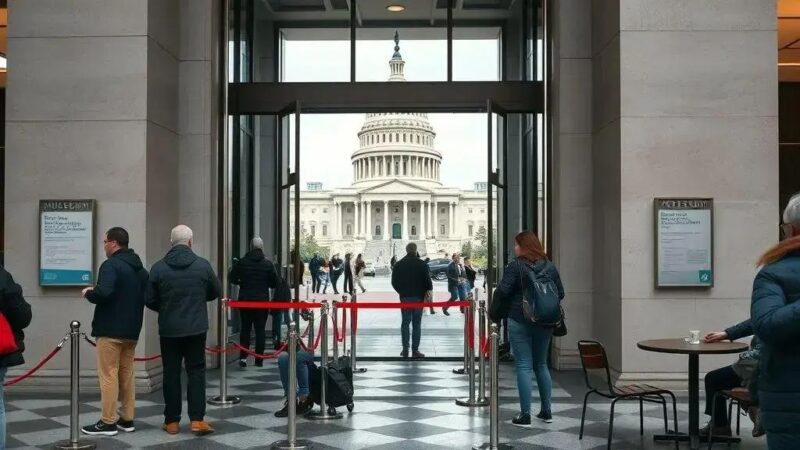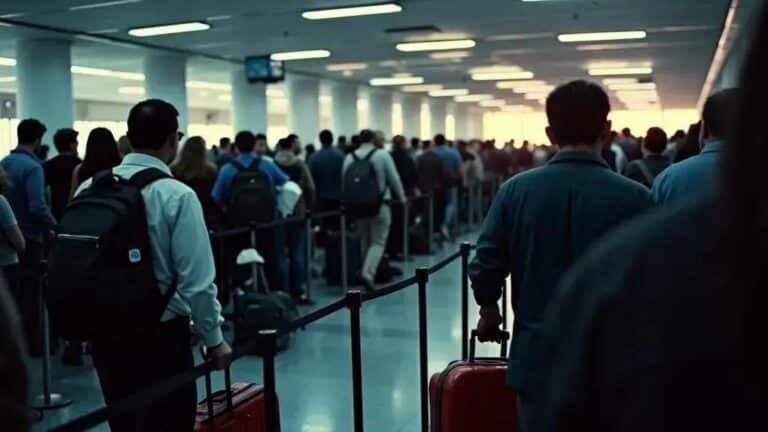DC tourism is already feeling the sting of the government shutdown as key museums and federal sites close — but how deep will the damage go for hotels, restaurants and the city’s workforce? This piece looks at who’s affected and what cities and businesses are doing to respond.
Economic impact: revenue losses, job risks and effects on D.C.’s tax base
The government shutdown hits DC tourism hard. When federal sites close, fewer people visit. This means less money spent in the city. Local businesses feel this quickly. Hotels see fewer bookings. Restaurants have fewer customers. Shops sell less. This drop in spending causes big revenue losses for many.
Impact on Local Businesses and Workers
Think about all the people who work in tourism. Hotel staff, restaurant servers, and tour guides depend on visitors. With fewer tourists, these workers face tough times. Some might have their hours cut. Others could even lose their jobs. This creates serious job risks for thousands of people in D.C. It affects their families and their ability to pay bills.
Small businesses, like souvenir shops or cafes near museums, are especially vulnerable. They rely heavily on tourist traffic. A long shutdown can make it very hard for them to stay open. This ripple effect spreads through the local economy.
Effects on D.C.’s Tax Base
The city itself also loses money. Every time someone buys something, pays for a hotel room, or eats out, a portion goes to the city as tax. When spending drops, so does this tax money. This affects D.C.’s tax base. Less tax revenue means less money for city services, like schools or public transport. The longer the shutdown lasts, the bigger the hole in the city’s budget becomes. This makes the economic impact even wider than just the businesses directly affected.
Attractions and events affected: Smithsonian museums, National Zoo, major meetings and races
When the government shuts down, many popular spots in Washington D.C. close their doors. This really hurts DC tourism. Visitors come from all over to see these places, and suddenly they can’t. It’s a big letdown for many.
Smithsonian Museums and National Zoo Closed
The famous Smithsonian museums are among the first to close. This includes places like the National Air and Space Museum and the National Museum of Natural History. People can’t visit their favorite exhibits. The National Zoo also closes. This means no one can see the pandas or other animals. These closures are a huge blow to families and school groups planning trips.
Imagine planning a trip to see the Declaration of Independence or the Hope Diamond. Then, you arrive and find the doors locked. It’s a frustrating experience for tourists. These closures also mean less money spent on food, souvenirs, and transport nearby.
Major Meetings and Races Canceled
It’s not just museums and zoos. The government shutdown also affects big events. Many major meetings and races planned for D.C. get canceled or postponed. These events bring thousands of people to the city. They fill hotels and restaurants. When they don’t happen, businesses lose a lot of money.
For example, a big conference might bring thousands of attendees. Each person spends money in the city. If the conference is called off, all that spending disappears. Marathons or other races also draw large crowds. These participants and their families spend money too. Their cancellation means a big loss for the local economy. This shows how widely the shutdown impacts DC tourism beyond just the federal sites.
Local response and resilience: Destination DC campaign, business coping strategies and short-term relief
When a government shutdown hits, DC tourism faces big problems. But the city and its businesses don’t just sit still. They work hard to find ways to keep things going. This shows how strong the local community is.
Destination DC Campaign Efforts
Destination DC is the city’s main group for promoting tourism. During a shutdown, they step up their game. They launch campaigns to tell people that D.C. is still open for business. Even if federal sites are closed, many other attractions are not. Think about private museums, theaters, and restaurants. They want visitors to know there’s still plenty to see and do. Their goal is to keep people coming and spending money.
They might highlight special deals or unique local experiences. This helps to lessen the impact of closed federal buildings. It’s all about showing the city’s vibrant side, even during tough times.
Business Coping Strategies
Local businesses also come up with smart ways to cope. Restaurants might offer special discounts to federal workers who aren’t getting paid. Hotels could offer lower rates to attract more guests. Some shops might extend hours or host special events. They try to be creative to keep customers coming through their doors. This helps them survive the drop in tourist numbers caused by the government shutdown.
Many businesses rely on their regular local customers even more during these periods. They focus on building strong community ties. This helps them get through the lean times. It’s a way for them to show their resilience.
Short-Term Relief Measures
Sometimes, there are also efforts to provide short-term relief. This could be from local charities or community groups. They might offer food or financial help to workers affected by the shutdown. The city might also look at ways to support small businesses. These measures help people and businesses get by until the government reopens. It shows how the community comes together to support each other during difficult periods for DC tourism.
Fonte: Fortune.com








